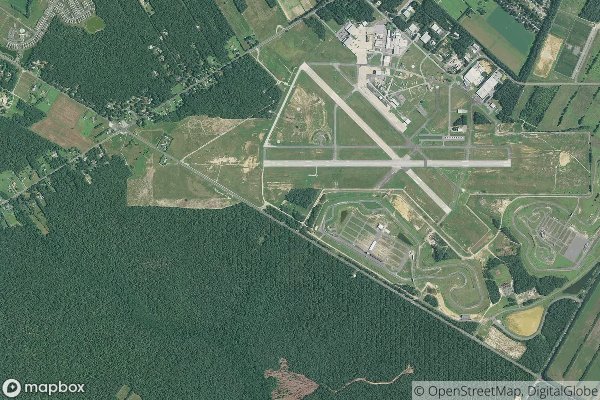| Code | BUR/KBUR |
| Name | Burbank Bob Hope Airport |
| Location | Burbank, California |
| Distance from downtown | Less than 3 miles (4.8 km) |
| Major airlines | Southwest, American, Alaska |
- See here the complete List Of All Airports In United States with Codes.
The structure of airport codes, such as BUR or KBUR, can often be confusing for travelers and aviation enthusiasts. These codes play a crucial role in the aviation industry, and understanding their significance can provide valuable insights into airport operations and travel logistics.
Decoding Airport Code
Airport codes, also known as IATA codes, are three-letter designations used to identify airports around the world. These codes are assigned by the International Air Transport Association (IATA) and are commonly used in airline booking systems, flight itineraries, and air traffic control communications.
Decoding BUR/KBUR Airport Code
The BUR/KBUR airport code refers to the Bob Hope Airport, located in Burbank, California. The “BUR” designation is the IATA code, while “KBUR” is the corresponding ICAO (International Civil Aviation Organization) code. The airport is named after the legendary entertainer Bob Hope and serves as a major transportation hub for the Greater Los Angeles area.
Operational Significance
The BUR/KBUR airport code is an essential identifier for aviation operations. It allows pilots, air traffic controllers, and airport personnel to quickly and accurately reference the Bob Hope Airport in both domestic and international air travel. The code is also used in airline schedules, baggage handling, and airport resources management.
History of Airport Codes
The history of airport codes dates back to the early days of commercial aviation. In the 1930s, the IATA developed the first system of two-letter airport codes, which were later expanded to the current three-letter format. These codes were initially based on the cities or towns where the airports were located, but as air travel expanded, unique codes were needed to differentiate between multiple airports in the same vicinity.
Challenges and Confusions
While airport codes are a practical and efficient means of identifying airports, they can also lead to confusion and challenges for travelers. Similar-sounding codes, such as BUR (Bob Hope Airport) and BTV (Burlington International Airport), can result in booking errors and missed flights if not carefully double-checked. Additionally, the use of regional or historical names in airport codes can further add to the confusion for passengers.
In conclusion, understanding the structure and significance of airport codes, such as BUR/KBUR, can provide valuable insights into the complexities of aviation operations and travel logistics. While these codes may seem cryptic or arbitrary, they play a critical role in ensuring the safe and efficient movement of passengers and goods through the global air transportation network.



